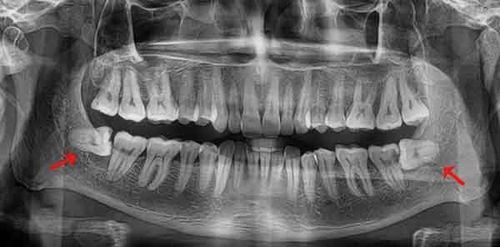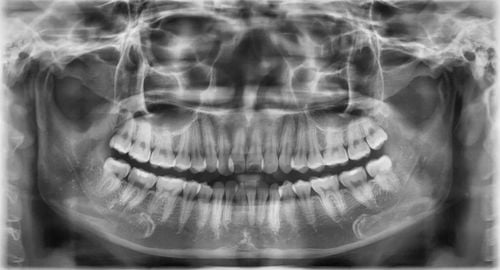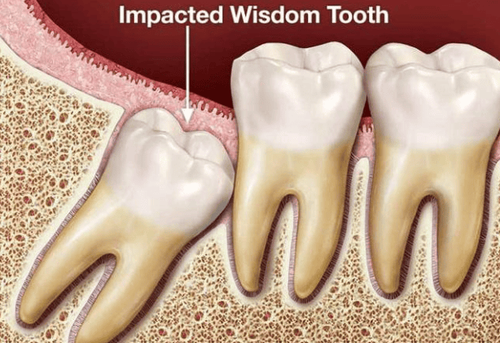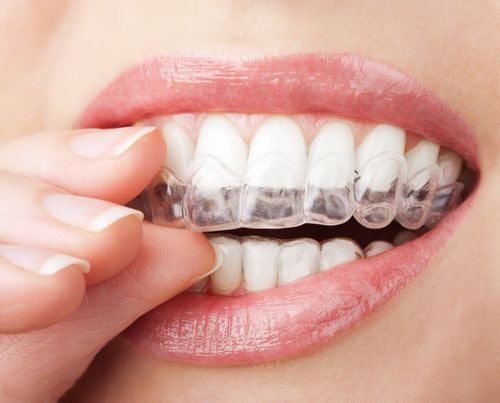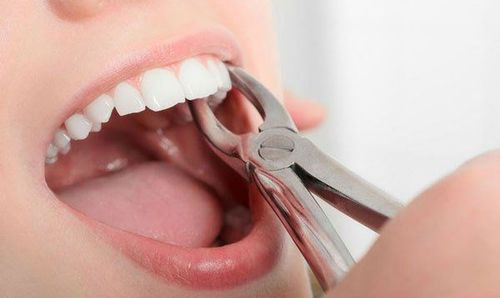This is an automatically translated article.
This article is professionally consulted by Master, Doctor Vu Thi Hau - Radiologist - Department of Diagnostic Imaging and Nuclear Medicine - Vinmec Times City International General Hospital. The doctor has many years of experience in the field of diagnostic imaging including magnetic resonance, CT and ultrasound.Dental x-ray is a very popular imaging technique that plays a very important role in helping dentists accurately diagnose and treat oral diseases.
1. What is a dental X-ray?
Dental X-rays are pictures of the teeth, bone, and soft tissue around the teeth to look for problems with the mouth, teeth, and jaw. X-rays will show open cavities, hidden tooth structures such as wisdom teeth (tooth number 8), and bone loss not visible on visual examination. Dental X-ray performed for follow-up after dental treatment.Commonly used dental X-rays. X-rays will use a small amount of radiation:
An X-ray of the bite wing (bite wing – posterior coronal film) shows how the upper jaw, lower jaw, and teeth touch. X-rays of the bite wings are used to check for cavities in the teeth and show whether the upper and lower teeth are aligned. Bite-wing X-rays also show bone loss in severe gingivitis or severe infection. A periapical x-ray shows the entire tooth, from the incisors to the root, and the bones that support the tooth. The periapical film is used to find dental problems under the gum or in the jaw, such as boils, cysts, tumors, molars, and changes in the bone structure that lead to certain diseases. A bite X-ray (Occlusal) shows the roof of the mouth or floor of the mouth and it is used in finding additional teeth, unbroken teeth in the gums, jawbone, cleft palate in the palate (cleft palate), acne boils, cysts, or other abnormal tissue growth. Bite x-ray films are also used to look for foreign objects in the oral cavity. Panoramic x-ray showing the entire jaw, teeth, sinuses in the nasal area and temporomandibular joint. Panoramic X-ray film did not find cavities. X-rays do not find problems such as teeth, cysts, solid growths (tumors), infections, and fractures.

A periapical X-ray (from 14 to 21 X-rays) will be taken at the first dental exam. Bite-wing x-ray film will be used during dental caries examination. Panoramic X-rays may be done occasionally. Depending on the age and signs of the disease, the doctor may prescribe the appropriate type of X-ray.
2. The role of dental X-rays
Dental x-ray method allows the dentist to clearly see the internal oral problems, plays an important role in the diagnosis and treatment of dental diseases:Find the problems encountered in the oral cavity. oral cavity such as tooth decay, damage to the bone that supports the tooth, trauma to the tooth such as a broken root. Dental X-rays are done to detect problems early before symptoms arise; Look for teeth that aren't in the right position or that have penetrated deep into the gums. Teeth that grow close together but pierce the gums are called molars; Detect cysts, abnormal growths (tumors), or pimples; Check the position of the permanent teeth developing in the jaw for children with baby teeth. Find treatments for large or dangerous cavities, small difficult teeth, root canal surgery, or dental implants. Find treatment in case the teeth are not aligned properly (orthodontic method). Without a dental X-ray, your dentist could miss the first stages of tooth decay.

3. Does dental X-ray affect health?
By its very nature, X-rays have the potential to cause radiation contamination and serious health effects if exposed to a lot. However, in the medical industry in general and in dentistry in particular, the amount of X-rays used to take X-rays is very small and completely controlled.Therefore, medical X-rays are not dangerous to health. When taking pictures, the patient is always carefully protected by three factors: the intensity of the tower, the high-speed film that minimizes radiation exposure, and the short film time. In addition, the lamp head of the machine only targets the area to be taken for dentistry, which is the tooth.
The x-ray room is also protected with a lead jacket, and the lead wall helps to absorb the scattered rays as much as possible. The instructors in the shooting room are also thoroughly trained in manipulations and techniques.
To minimize the influence of X-rays, by choosing to take X-rays with a digital X-ray machine and not taking X-rays too often. Because digital x-rays will use an electronic sensor instead of X-ray film. The captured image is stored in the computer and can be monitored through the computer screen. This method uses less radiation to take digital images than traditional dental X-rays.

4. For pregnant women and children
Before taking an X-ray, tell your doctor if you are pregnant. Dental X-rays are only performed in the mouth, but if you are pregnant, dental X-rays may be delayed so that radiation does not reach the fetus, ensuring safety for the fetus. If a dental X-ray needs to be done, then the staff will help you with fetal protective equipment eg: lead vest, lead bib, ...Children sometimes need to be pointed out too. plan to take dental X-rays to check the teething process of children, avoid deviations such as: misaligned teeth, early detection of cavities, ... To ensure safety, children also need to wear lead protectors when taking dental X-rays.
5. When should you take a dental x-ray?
For those who do not have caries or are not at risk of cavities, dental x-rays should also be taken to detect the disease in timeAdults should have a bite-wing x-ray every 2-3 years once; Teenagers should have a bite-wing x-ray every 1.5 to 3 years; Children should have a bite-wing X-ray every 1 to 2 years. For people with caries or at risk of cavities, x-rays should be taken:
Adults should have a bite-wing x-ray every 6 months - 1.5 years; Children should have a bite-wing X-ray every 6-12 months.
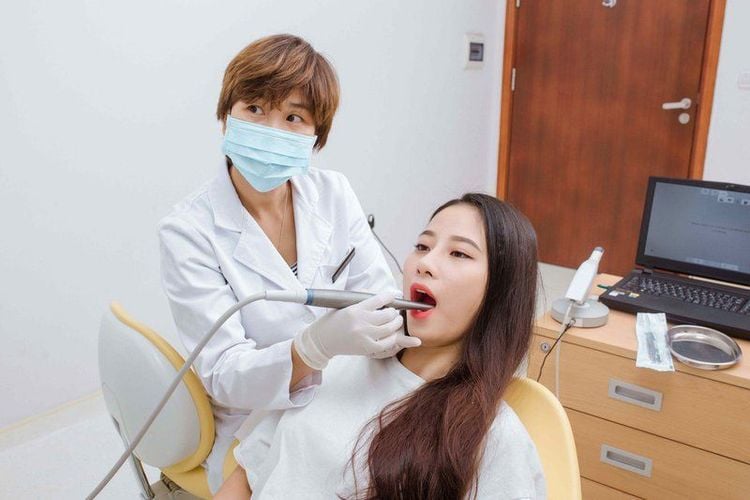
In summary, dental x-ray plays a very important role in the diagnosis, treatment and prevention of oral diseases for both adults and children.
Vinmec International General Hospital has dental service packages, performed by a team of leading specialists in the country, not only good in expertise but also rich in experience; along with the system of equipment and modern facilities.
Please dial HOTLINE for more information or register for an appointment HERE. Download MyVinmec app to make appointments faster and to manage your bookings easily.





